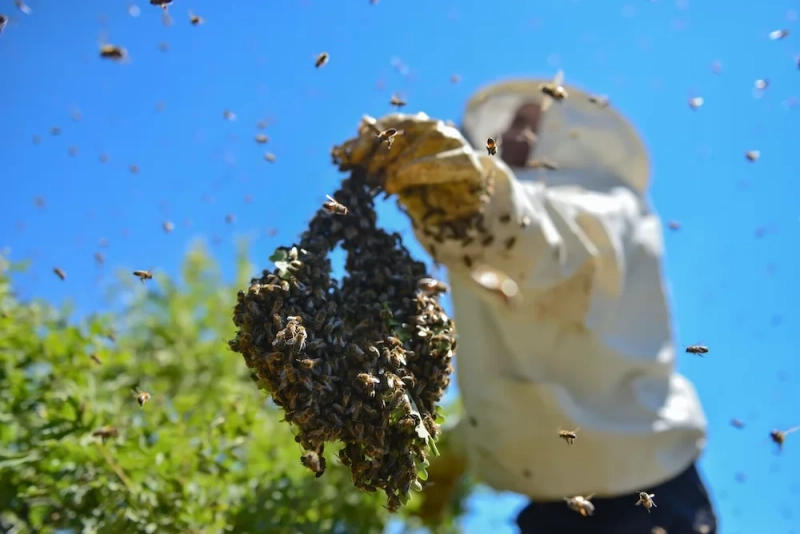Dubai's vibrant landscape is not only home to towering skyscrapers and bustling streets but also to a diverse array of wildlife, including bees. While these tiny pollinators play a crucial role in our ecosystem, their presence in unwanted areas, such as residential or commercial spaces, can pose risks to human health and safety. In this blog, we'll explore the challenges of beehive removal in Dubai and provide insights into effective and humane solutions.
The Importance of Bee Conservation:
Before delving into the methods of beehive removal, it's essential to acknowledge the importance of bee conservation. Bees are instrumental in pollinating crops, and ensuring the production of fruits, vegetables, and nuts. Their decline poses a significant threat to global food security and biodiversity. Therefore, any efforts to remove beehives must prioritize the preservation of these valuable pollinators.
Challenges of Beehive Removal in Dubai:
Dubai's urban environment presents unique challenges for bee removal specialists. The high temperatures, dense population, and intricate infrastructure require careful planning and execution to ensure the safe relocation of beehives without endangering human lives or disrupting daily activities.
Humane Bee Removal Techniques:
When faced with a beehive infestation, it's crucial to employ humane removal techniques that prioritize the well-being of both humans and bees. Professional bee removal experts utilize specialized equipment and methods to safely extract beehives from residential and commercial properties.
One common approach is live bee relocation, where experts carefully transport the entire hive to a designated bee sanctuary or apiary, allowing the bees to continue their essential role in pollination without posing a threat to humans.
Collaboration with Local Authorities and Experts:
Effective beehive removal requires collaboration between property owners, local authorities, and experienced bee removal specialists. By adhering to local regulations and seeking guidance from environmental agencies, stakeholders can ensure that beehive removal is conducted responsibly and ethically.
Educating the Community:
In addition to removing existing beehives, educating the community about bee conservation and the importance of coexisting with these beneficial insects is paramount. Public awareness campaigns, workshops, and educational initiatives can help dispel misconceptions about bees and foster a culture of cohabitation.
Conclusion:
Beehive removal in Dubai presents a complex yet manageable challenge that requires careful planning, expertise, and collaboration. By prioritizing humane removal techniques, adhering to local regulations, and promoting bee conservation efforts, we can strike a balance between urban development and environmental stewardship. Together, let's work towards creating a sustainable future where humans and bees thrive harmoniously in Dubai's dynamic landscape.


